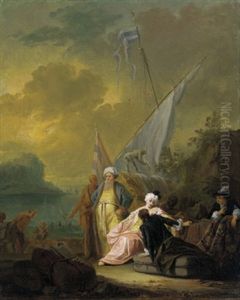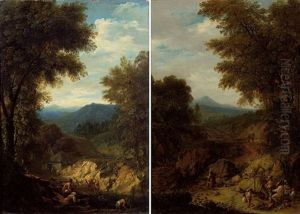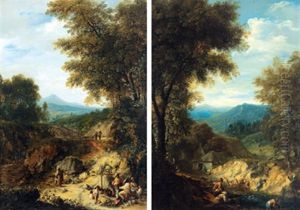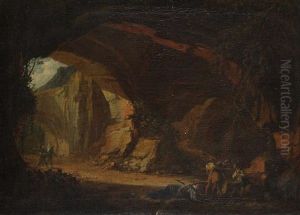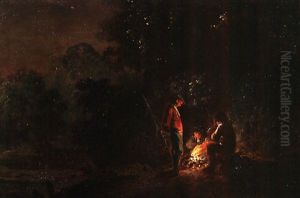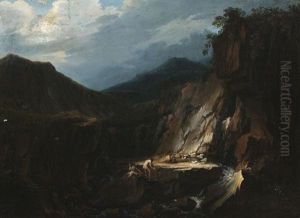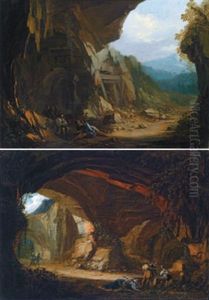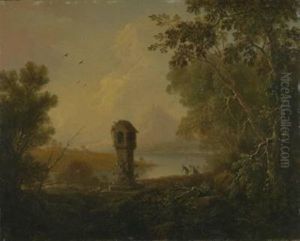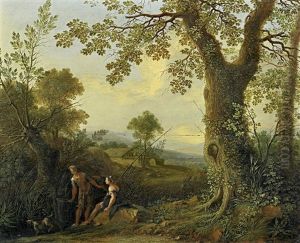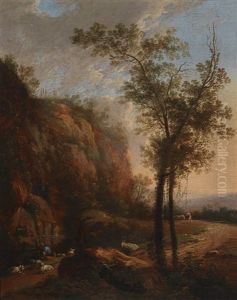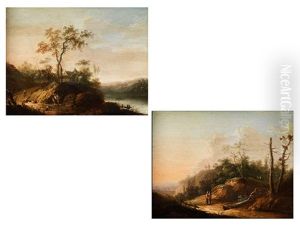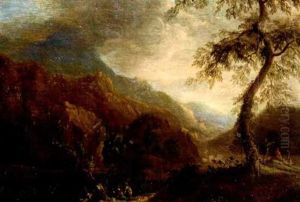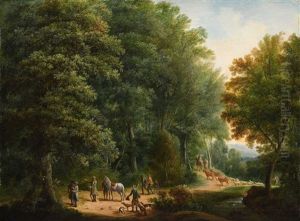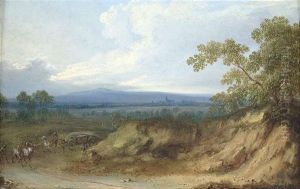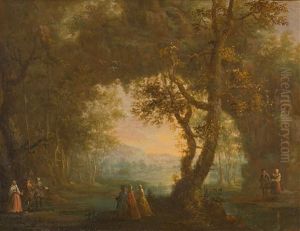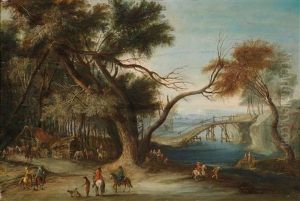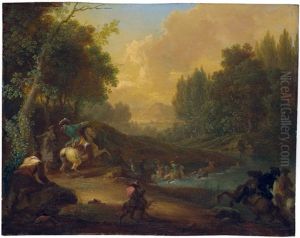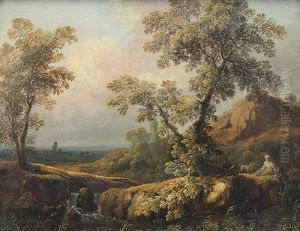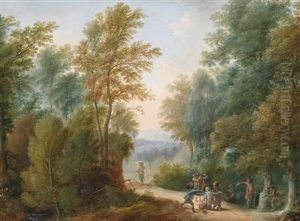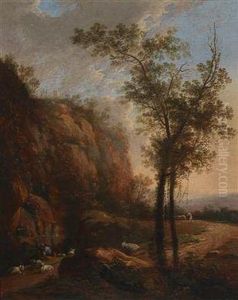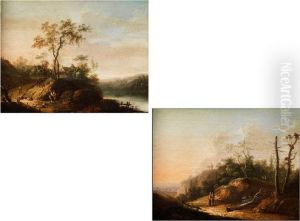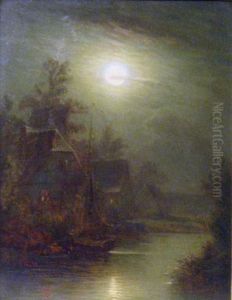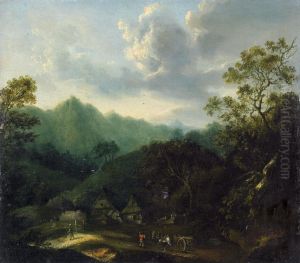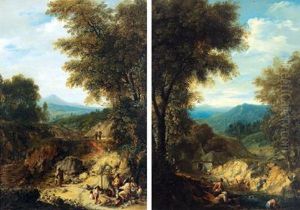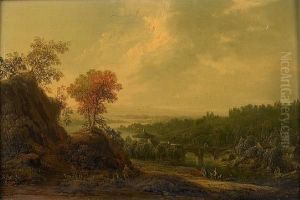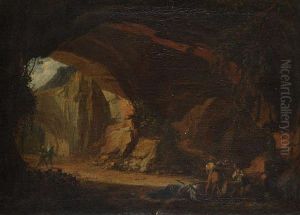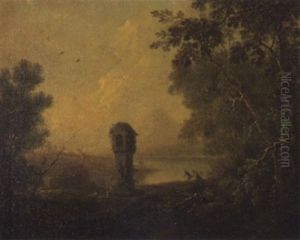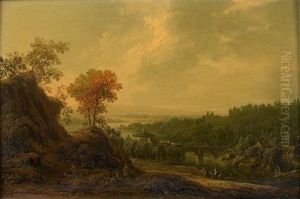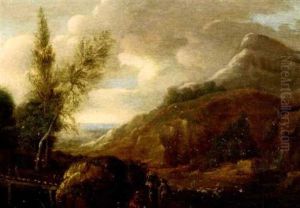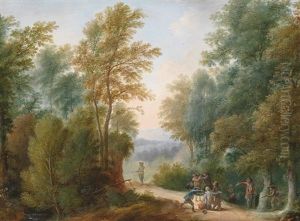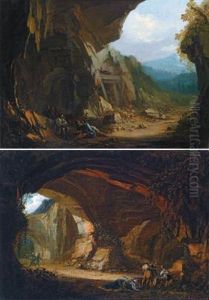Philipp Hieronymus Brinckmann Paintings
Philipp Hieronymus Brinckmann was a German painter, primarily known for his landscape and maritime scenes, as well as being an art theorist. Born on September 22, 1709, in Speyer, within the Holy Roman Empire, Brinckmann came from a family with connections to the arts; his father, Johann Brinckmann, was also a painter.
Brinckmann’s early life and education remain somewhat obscure, but he is believed to have received his initial artistic training from his father. He later traveled within Germany and possibly to other parts of Europe to further his studies. The cultural atmosphere of the 18th century, with its growing interest in natural sciences and the aesthetics of the sublime, greatly influenced his work. Brinckmann's paintings often depicted the dramatic and powerful elements of nature, capturing the changing moods of the sea and landscapes with a remarkable sensitivity to light and atmosphere.
In addition to his work as a painter, Brinckmann was an art theorist, and he wrote about the principles of painting. His treatises focused on the importance of studying nature as a foundation for artistic work, a common theme among artists and intellectuals of the time. He also emphasized the role of emotion in art, predating the later Romantic emphasis on feeling and expression in artistic creation.
Despite the beauty and technical skill evident in his work, Brinckmann did not achieve widespread fame during his lifetime. He worked for various courts in Germany, providing artwork that was appreciated by a relatively small circle of patrons. Nevertheless, his contributions to the development of landscape and maritime painting in Germany were significant, and his theoretical writings offer valuable insights into the artistic thought processes of the 18th century.
Brinckmann's career was cut short by his untimely death on January 12, 1761, in Ludwigsburg, Germany. Though not as well-known as some of his contemporaries, his work has been recognized by art historians and collectors for its quality and historical importance, and it provides a window into the evolving styles and ideas of his time. Today, Brinckmann’s paintings can be found in various art museums and private collections, offering viewers a glimpse into the 18th-century European landscape and seascape genre.

